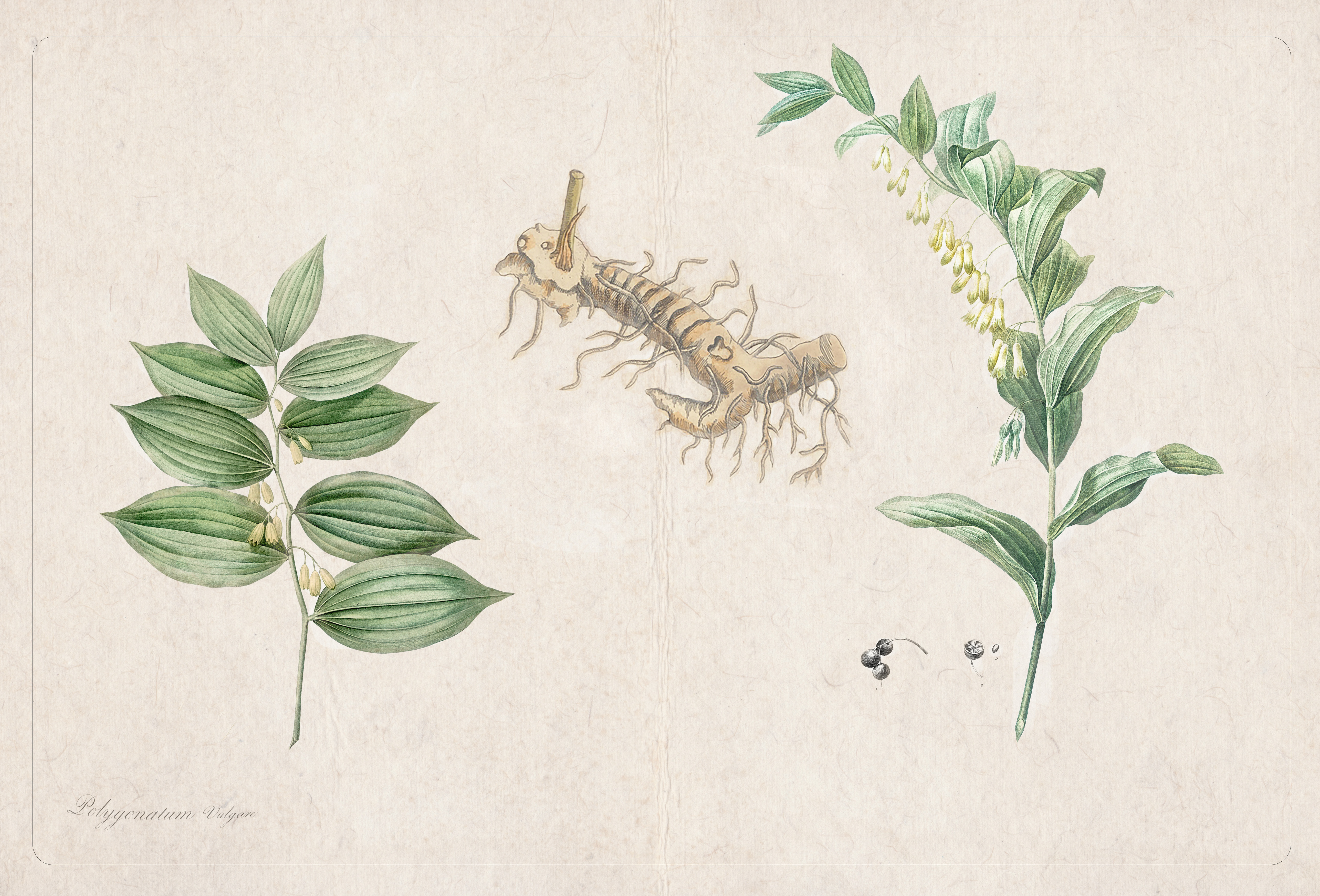As we age—and I’m talking from experience—we have to take special care of ourselves. We often need to change our diet. Exercise is oh so important. We also need to avoid accidents. As one of my friends said when he turned 60, “No more using chainsaws and no more climbing in trees, and especially, no more climbing in trees with chainsaws.”
Even small injuries can be devastating because we don’t recover as quickly, but also because—and I have seen this too many times—loss of mobility leads to inability to exercise, and that can rapidly age a person. We also don’t want to be in pain. Worst of all, we don’t want to rely on the chronic use of painkillers.










